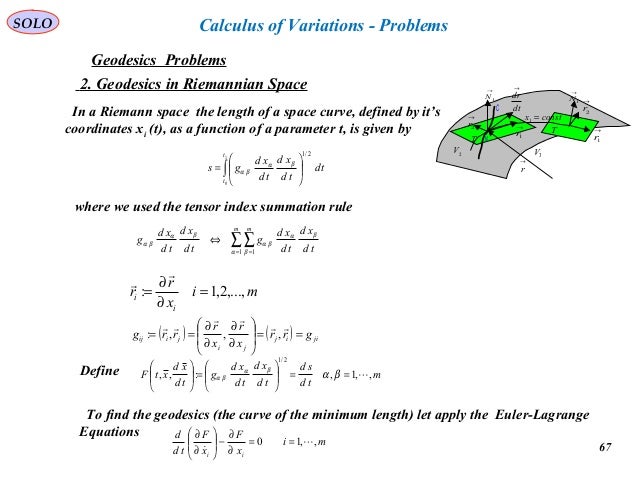
In Section 1 we introduce many of the key ingredients of the calculus of variations, by solving a seemingly simple problem nding the shortest distance between two points in a plane. The structure of this unit is as follows. delta plate of uniform thickness ( 2 ) A 60 delta plate of uniform thickness ( 3 ).

Our proof applies to the new variant incorporating a general class of surface tensions and mobilities, including typical choices for modeling grain growth. We prove the EulerLagrange delta-differential equations for problems of the calculus of variations on arbitrary time scales with delta-integral functionals. As 80 and Sw are arbitrary, using the local theorem of calculus of variations, we.

#Calculus of variations arbitrary delta how to
Which should answer your first question about how to derive the functional derivative expression.Īs for your second question, I think the confusion is caused by bad/confusing notation. In addition to this, the calculus of variations is an active topic of study in its own right. arbitrary shape with arbitrary thickness variation. We provide a new convergence proof of the celebrated MerrimanBenceOsher scheme for multiphase mean curvature flow. Thus, the delta operator represents the variation of a function at a point. To start, I am going to use a somewhat different notation here to simplify things a bit and thus I'll build up from the beginning so excuse the length of my post.


 0 kommentar(er)
0 kommentar(er)
